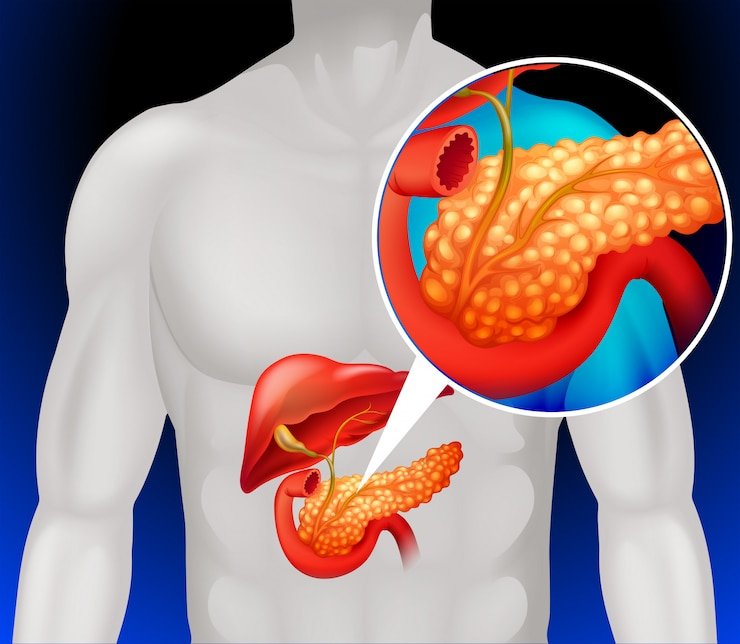Sigmoidoscopy is a medical procedure used to examine the lower part of the colon and rectum. It is a valuable tool for diagnosing and monitoring various gastrointestinal conditions, such as colorectal cancer, polyps, and inflammatory bowel disease. For those unfamiliar with the sigmoidoscopy procedure, understanding what to expect can help alleviate anxiety and ensure a smooth experience. In this beginner’s guide, we provide a comprehensive overview of the sigmoidoscopy process, from preparation to post-procedure care.
To Know More About It Please Click Here
Preparation
Before undergoing a sigmoidoscopy, your healthcare provider will provide detailed instructions on how to prepare for the procedure. This typically involves fasting for a certain period beforehand and using laxatives or enemas to clear the bowel. It’s essential to follow these instructions carefully to ensure optimal visualization during the sigmoidoscopy and accurate results.
The Procedure
During a sigmoidoscopy, you will be asked to lie on your side on an examination table. Your healthcare provider will gently insert a sigmoidoscope – a thin, flexible tube with a light and camera attached – into your rectum and guide it through the sigmoid colon. As the scope is advanced, your healthcare provider will carefully examine the lining of the colon and rectum, looking for any abnormalities such as inflammation, polyps, or tumors.
During the procedure, you may experience some discomfort or pressure as the scope is maneuvered through the colon. Your healthcare provider may also inflate the colon with air to improve visualization, which can cause a sensation of fullness or cramping. It’s essential to communicate any discomfort or pain to your healthcare provider, who can adjust the procedure accordingly to minimize discomfort.
After the examination is complete, the scope is slowly withdrawn, and any biopsies or tissue samples may be taken if necessary. The entire procedure typically takes around 15 to 30 minutes to complete, depending on the findings and any additional interventions required.
Post-Procedure Care
After the sigmoidoscopy, you may experience some mild bloating, gas, or cramping as the effects of the air used to inflate the colon dissipate. This discomfort is usually temporary and should resolve within a few hours. Your healthcare provider may recommend avoiding heavy meals and certain activities for the remainder of the day.
It’s essential to drink plenty of fluids to stay hydrated and replenish any fluids lost during the bowel preparation process. If biopsies were taken during the sigmoidoscopy, your healthcare provider will provide instructions on any additional care or follow-up appointments required.
To Know More About It Please Click Here
Conclusion
Sigmoidoscopy is a valuable diagnostic tool for evaluating the health of the lower gastrointestinal tract. By understanding the sigmoidoscopy process and what to expect before, during, and after the procedure, you can approach it with confidence and ensure a smooth experience. If you have any questions or concerns about sigmoidoscopy, don’t hesitate to discuss them with your healthcare provider, who can provide guidance and support every step of the way.


